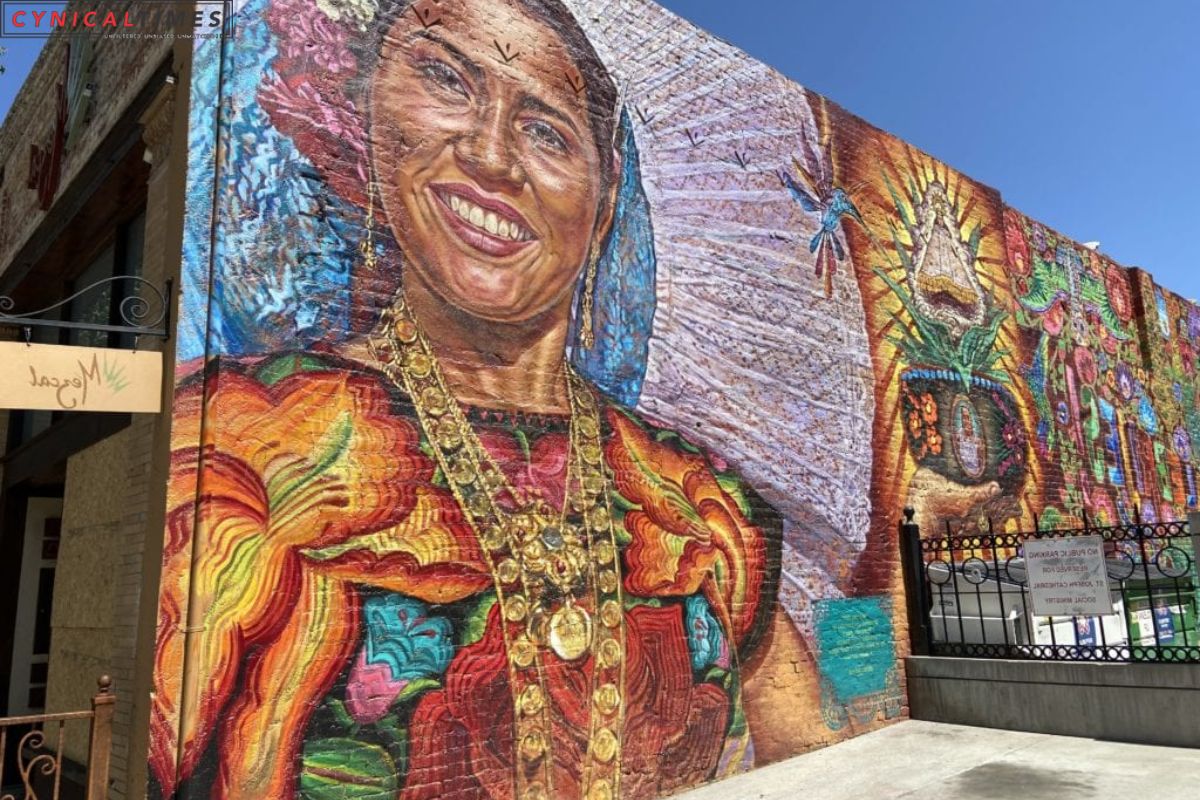San Jose Artful Aspiration: San Jose’s creative community is advocating for more funding for the arts, turning to the city for assistance. San Jose Arts Advocates, a coalition of art and culture leaders, is urging city officials to advance a ‘percent for art policy’ on new developments to finance artistic and cultural projects. In preparation for a city council arts funding study session on November 30, the coalition recently convened to discuss this crucial initiative.
The idea of implementing a ‘percent for art policy’ was initially proposed by the city council back in 2007, with a target to put it into action by 2020. However, the plan was delayed, and in 2020, the onset of the COVID-19 pandemic shifted priorities. The hospitality sector, which primarily funded art projects through a tax on hotel guests, suffered a severe setback.
Brendan Rawson, executive director of San Jose Jazz and a founding member of San Jose Arts Advocates, emphasized the need to reevaluate funding mechanisms for arts and culture, particularly in light of the evolving downtown economy.
With a significant drop in hotel tax revenue, advocates are pressing for alternative funding sources to ensure the flourishing of the arts. Rawson cited a substantial decline in hotel tax revenue, with the city’s budget projection indicating a drop from $51.3 million in 2019 to approximately $27.5 million at the end of fiscal year 2023.


Also Read: Milpitas Uphill Battle: Navigating the Affordable Housing Challenge
While the precise revenue generated by an art fee remains uncertain, one common model involves developers contributing 1% of a building permit’s valuation or making an in-lieu payment, as suggested in a 2009 consultant report.
Advocates are also proposing the reallocation of 40% of the hotel tax revenue from the general fund to support art spaces. Additionally, they suggest exploring the possibility of a ‘quality of life’ ballot measure to collect taxes for libraries, community centers, and art and culture spaces.
Sunnyvale has successfully implemented such a fee for over 30 years, and Santa Cruz is in the early stages of establishing a similar tax. However, the potential revenue from an art fee in San Jose remains unspecified.
Peter Allen, another founding member of San Jose Arts Advocates, acknowledges the challenges developers face due to various fees but believes that the art fee should be viewed as a benefit rather than a burden. With numerous housing and commercial developments underway in San Jose, this initiative could provide substantial funding for arts and culture, enriching the city’s creative landscape.
Over the past decade, San Jose has already invested millions in enhancing its public art scene, especially in the downtown core. The city allocates 1% of its capital improvement project budget to commission, purchase, and install artworks, resulting in $2.4 million earmarked for art projects in the coming four years.”

